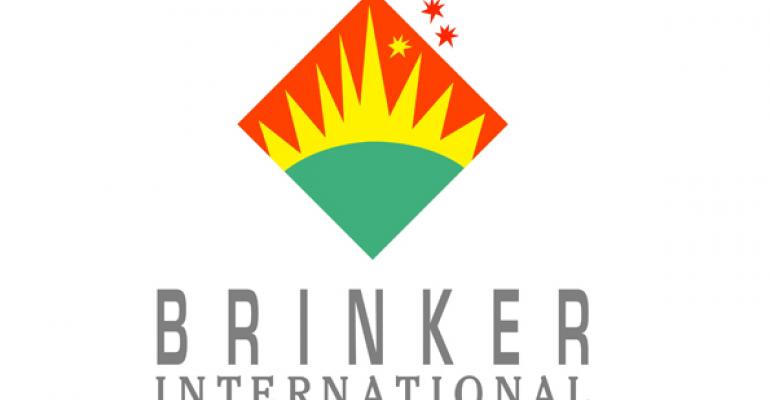Chili’s Grill & Bar’s domestic same-store sales rose 4.2 percent during its second quarter on increased traffic, its best quarterly performance in nearly three years, parent Brinker International Inc. reported Wednesday.
The chain had not bested the 4-percent mark since the first three months of 2012, when 1,600-unit Chili’s same-store sales rose 4.6 percent. Executives at the chain’s Dallas-based parent said it has outperformed its casual-dining competitors for four straight years.
“We’re optimistic,” Brinker CEO Wyman Roberts said during the company’s second-quarter earnings call Wednesday. “We feel good about where we’re at and the progress we’re making and the plans for the future.”
Brinker beat expectations for net income, revenue and same-store sales. Net income rose 3.9 percent, to $41.3 million, from $39.7 million the previous year. Revenue rose 5.3 percent, to $742.9 million, from $705.7 million. Unit-level margin also increased, by 35 basis points, to 16.4 percent.
While many of those numbers were higher than anticipated, Brinker’s stock price fell nearly 1.5 percent during Wednesday morning trading. That might be a sign that investors’ expectations are high for many restaurants heading into earnings season. In Brinker’s case, the company’s stock has risen 41 percent since early August, said Miller Tabak + Co. analyst Stephen Anderson.
Raymond James analyst Brian Vaccaro suggested that some investors hoped for better same-store sales numbers from Chili’s.
Still, Vaccaro said, the numbers show that Chili’s should be able to sustain its performance amid an improving economic environment. He estimated that Chili’s same-store sales outperformed casual-dining restaurants by 1.5 percent compared with the Knapp-Track casual-dining index.
Stifel analyst Paul Westra said Chili’s “is benefitting from the combination of management’s strong brand-management initiatives,” as well as what he calls the “rising tide recovery” lifting many restaurant chains.
Brinker’s Roberts said during the call that an improving employment picture might be driving restaurant sales. But he noted that income for much of the country remains below its recessionary peak. “It’s still a tough road ahead, but it’s not as bad as it’s been,” he said.
Chili’s has completed its rollout of tabletop tablets at restaurants across the U.S., Roberts said, and has started introducing them at international locations.
The tablets have helped drive revenue in part by generating revenue through the sale of games on the tablets. The company’s “franchise and other revenue” increased 18 percent, to $25.1 million, from $21.3 million the previous year.
The company plans to connect its loyalty program with the device. Roberts said that would enable customers to use the loyalty program without a server.
Brinker is also generating sales by selling branded items at retail locations such as Walmart. The company has 30 branded products in 13,000 Walmart stores, grocers and other retail locations around the country, Roberts said.
Chili’s sister brand Maggiano’s Little Italy reported its 20th straight quarter of same-store sales growth. Same-store sales at the 49-unit chain rose 2.3 percent during the quarter, partly due to 1.6-percent traffic growth.
“We’re optimistic about the long-term growth potential of the Maggiano’s brand,” Roberts said.
While Chili’s has performed well domestically, same-store sales at its 319 international locations fell 0.5 percent. Company officials indicated that weakening economies in many foreign markets are taking their toll.
“It’s a tougher global environment than we’ve seen recently,” Roberts said. “There are more challenges from a sales perspective.” The company is rolling out “new, more relevant marketing” in those international markets, he said.
Contact Jonathan Maze at [email protected].
Follow him on Twitter: @jonathanmaze





